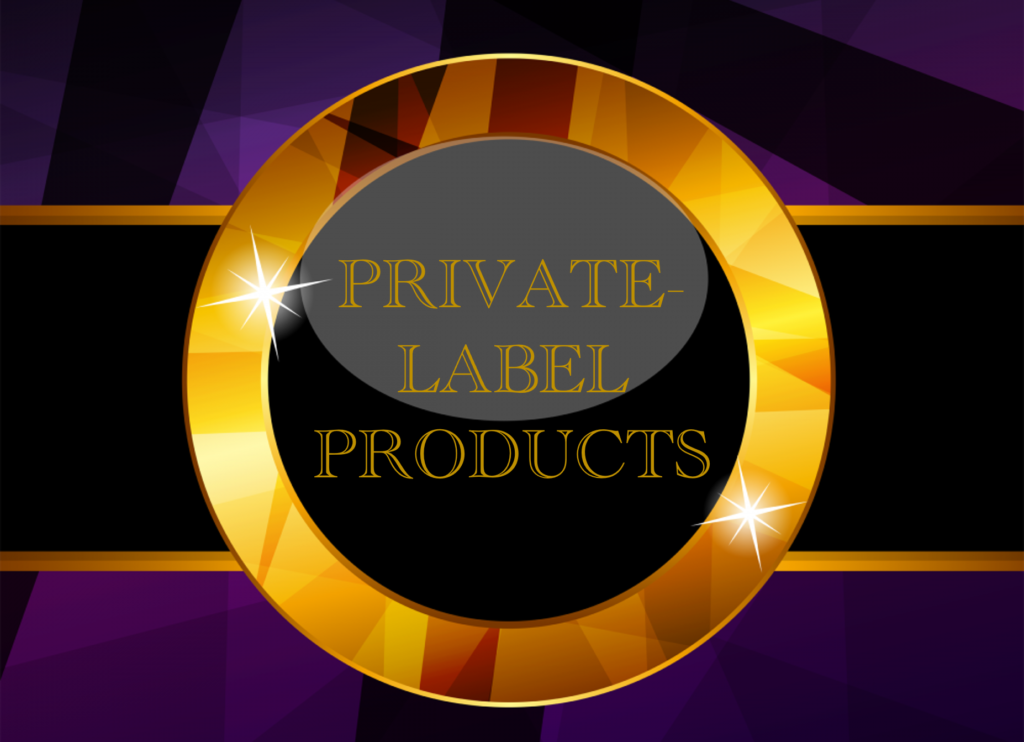Back in the era of general stores, decisions about which products were available to consumers were primarily made by store owners. As retail journalist Daphne Howland (@daphnehowland) observes, “Once upon a time, consumer products like soap, sugar and soft goods were found in bins and shelves in general stores, measured out in small quantities by amenable shopkeepers.”[1] Since stores were small and shelf space limited, consumer product choice was basically a take-it-or-leave-it scenario. As Howland notes, “Those days are gone.” She fast-forwards to the mid-twentieth century and observes, “Shopping for household goods evolved steadily from ye olde shopkeeper days, but it changed dramatically in the mid-20th century as multi-brand companies like Procter & Gamble, Unilever and General Foods emphasized branding and marketing — think Mad Men — and introduced visceral, emotional reasons to buy.”
Marketing expert Marc de Swaan Arons (@mdeswaanarons) agrees with Howland that things changed mid-century. He writes, “There was a time, going back at least 70 years, when all it took to be successful in business was to make a product of good quality. … As long as you made sure that your product quality was superior to the competition, you were pretty much set.”[2] He adds, “Well into the 1970s, a savvy consumer could distinguish between high-quality and shabby products quite easily.” As Howland notes, what changed was how manufacturers marketed their goods. Cagey marketing made it difficult for the consumer to distinguish between a high-quality product and a shabby product based solely on marketing. As a result, consumers began relying on well-known brands to ensure they were getting quality products.
The Rise of Private Labels
The conundrum, Howland notes, was this: “With the extra marketing and extra cachet, products became more expensive, bulking up margins for manufacturers and retailers alike. To appeal to price-conscious consumers more inured to advertising, ‘generic’ store brands emerged — a circling back, in a way, to the bulk bins of old.” And, as Arons notes, these generic store brands are generally of high quality. He explains, “We live in a golden age for quality products. … I challenge you to walk into any supermarket and find a product that is not of almost equal quality to the category leader in terms of functional performance. Nevertheless, the companies that were category leader in the early days often still are today. Some represent the ‘foundational brands,’ the companies that in the 1950s and 1960s epitomized the kind of smart marketing that is now ubiquitous.”
When the pandemic struck in early 2020, panicked consumers rushed to supermarkets to stock up on staples and cleaning supplies. As store shelves emptied, product availability became more important than brand. As a result, many consumers discovered store private-label products. Brand name manufacturers didn’t rest on their laurels. They fought back and were making headway against private-label products at the end of 2021. Last September, food journalist Christopher Doering (@cdoering) reported, “Private label brands have struggled to keep up with brand name offerings during the past year, according to data from IRI. The Chicago-based market research firm said during the 52 weeks ending Sept. 19 [2021], sales of brand names rose 3.6% to $536 billion, while private label increased 1.5% to $142 billion.”[3] Then inflation reared its ugly head.
In July of this year, Doering reported, “Private label demand is surging as inflation rages.” He added, “Inflation is prompting a surge in demand for private label offerings across a wide range of different foods, according to a report from shopper intelligence firm Catalina. Private brand categories showing the biggest gains for the year to date through July 17 include baking mixes (up 40%), soup (17%), prepared foods (12%), dried vegetables (11%), canned fish (10%) and cereal (6%). After losing ground to big-name brands during the pandemic, store offerings have gained momentum as consumers look for cheaper substitutes to save money.”[4] According to journalists Micah Maidenberg (@MicahMaidenberg) and Jaewon Kang (@_jaewonkang), retailers are taking notice of this change in consumer behavior. They report, “Store-branded products from cheese to canned tomatoes are eating away at sales for big food companies. Such private-label items have been around for decades. But retailers are now making more of them as they compete to keep grocery prices low, working to develop increasingly sophisticated products under their house lines and adding space for them in stores. Some retail executives say coming up with their own brands is also a way to draw in younger customers who aren’t interested in older brands.”[4]
Competing with Private Labels
According to Maidenberg and Kang, the rise of private labels is a “blow to big food makers struggling to preserve sales of decades-old condiments, meals and other packaged foods. Store brands’ advance is putting pressure on giant food manufacturers that rely on big retailers to stock their products, further squeezing them as they struggle to keep up with shifting consumer tastes.” Journalist Dawn Reiss (@DawnReiss) notes, “Competing against private-label brands isn’t easy.”[6] However, she does have a few suggestions that can help. They include:
1. Make sure your brand’s position is unique and defensible. Howland notes there have been some “real advancements in products (like enzymes to break down stains and formulas that worked in washing machines).” Those advancements should be highlighted without exaggeration. Another thing that should be highlighted are efforts to make the world a better place. The youngest consumers are more likely to support companies who support causes they believe in. Nevertheless, greenwashing must be avoided.
2. Stand out with distinctive packaging that shares a story. Packaging has always been an important part of marketing. Younger shoppers are not looking for distinctive packaging they are looking for more sustainable packaging.
3. Understand your customer base. As Maidenberg and Kang noted, CPG manufacturers can struggle to keep up with shifting consumer tastes. Cognitive technology solutions, like the Enterra Shopper Marketing and Consumer Insights Intelligence System™, can leverage all types of consumer data to provide up-to-date, high-dimensional consumer, retailer, and marketing insights. Reiss notes, “Many retailers make incorrect assessments about what consumers are actually purchasing or hope to purchase a product. … Understanding why consumers are actually buying a product helps a company sell its story, its value proposition and how it will compete against other brands on the shelf.”
4. Grow an engaged community that will champion your brand. Brand loyalty is often fostered more by word of mouth (or influencers) than by traditional marketing. Arons notes, “Simon Clift, former Chief Marketing Officer of Unilever likes to say, a brand is the contract between a company and consumers. A bundle of contracts, in fact. And the consumer is the judge and the jury. If he or she believes a company is in breach of that contract either by underperforming or misbehaving, the consumer will simply choose to enter a contract with another brand.”
Concluding Thoughts
Doering notes, “Once dismissed by consumers as inferior, private label has now become a standard go-to item for many people when they shop.” To compete with private-label products, CPG manufacturers need to ensure their products remain high-quality and they must keep intact the trust they have developed between their brands and their consumers. “After thriving during the pandemic,” Doering concludes, “large CPGs are paying close attention to the groundswell in demand for private label foods and how it is impacting their businesses.” You can be sure CPG manufacturers will fight hard to maintain their brands’ market share.
Footnotes
[1] Daphne Howland, “CPG retailers are at a crossroads as a new threat rises,” Retail Dive, 21 August 2017.
[2] Marc de Swaan Arons, “How Brands Were Born: A Brief History of Modern Marketing,” The Atlantic, 3 October 2011.
[3] Christopher Doering, “Private label losing ground to name brands, IRI says,,” Food Dive, 30 September 2021.
[4] Christopher Doering, “Private label demand surging as inflation rages: report,” Food Dive, 25 July 2022.
[5] Micah Maidenberg and Jaewon Kang, “More Shoppers Buy Store Brands, Eating Into Big Food Companies’ Sales,” The Wall Street Journal, 23 July 2022.
[6] Dawn Reiss, “7 ways to compete with private-label brands,” New Hope Network, 20 September 2020.





